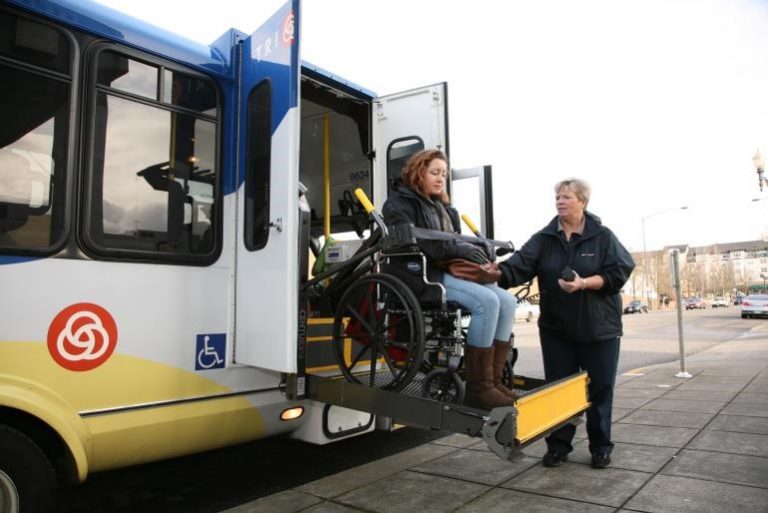**Transit Quality Assurance** is a critical aspect of ensuring that transportation services meet the needs and expectations of passengers. It encompasses a range of measures and practices that help transit agencies deliver reliable and efficient services to the public.
Key Components of Transit Quality Assurance
When it comes to ensuring the quality of transit services, several key components must be considered. These include:
- Vehicle Maintenance: Regular maintenance and inspections of vehicles are essential to prevent breakdowns and ensure passenger safety.
- Driver Training: Proper training for drivers is crucial to ensure they have the necessary skills and knowledge to operate vehicles safely and efficiently.
- On-Time Performance: Timeliness is a crucial aspect of quality transit service. Ensuring that vehicles run on schedule is essential for providing reliable services to passengers.
- Customer Service: Friendly and helpful customer service can enhance the overall passenger experience and increase ridership.
- Cleanliness and Comfort: Providing clean and comfortable vehicles and facilities is essential for creating a positive impression on passengers.
Read more about Paratransit here.
Benefits of Transit Quality Assurance
Implementing robust **Transit Quality Assurance** measures can bring several benefits to transit agencies and passengers alike, including:
- Increased passenger satisfaction and loyalty
- Improved safety and security for passengers and staff
- Enhanced operational efficiency and cost-effectiveness
- Reduced breakdowns and service disruptions
- Positive public perception and reputation
FAQs
What role does technology play in Transit Quality Assurance?
Technology plays a crucial role in enhancing **Transit Quality Assurance** by enabling agencies to track and monitor vehicles, optimize routes, and communicate with passengers in real-time.
How can transit agencies measure the effectiveness of their quality assurance efforts?
Transit agencies can measure the effectiveness of their quality assurance efforts by tracking key performance indicators such as on-time performance, passenger satisfaction levels, and maintenance records.
In conclusion, prioritizing **Transit Quality Assurance** is essential for transit agencies looking to provide reliable, efficient, and customer-focused services to the public. By implementing best practices and continuously monitoring and improving their services, transit agencies can enhance the overall passenger experience and build a positive reputation in their communities.




